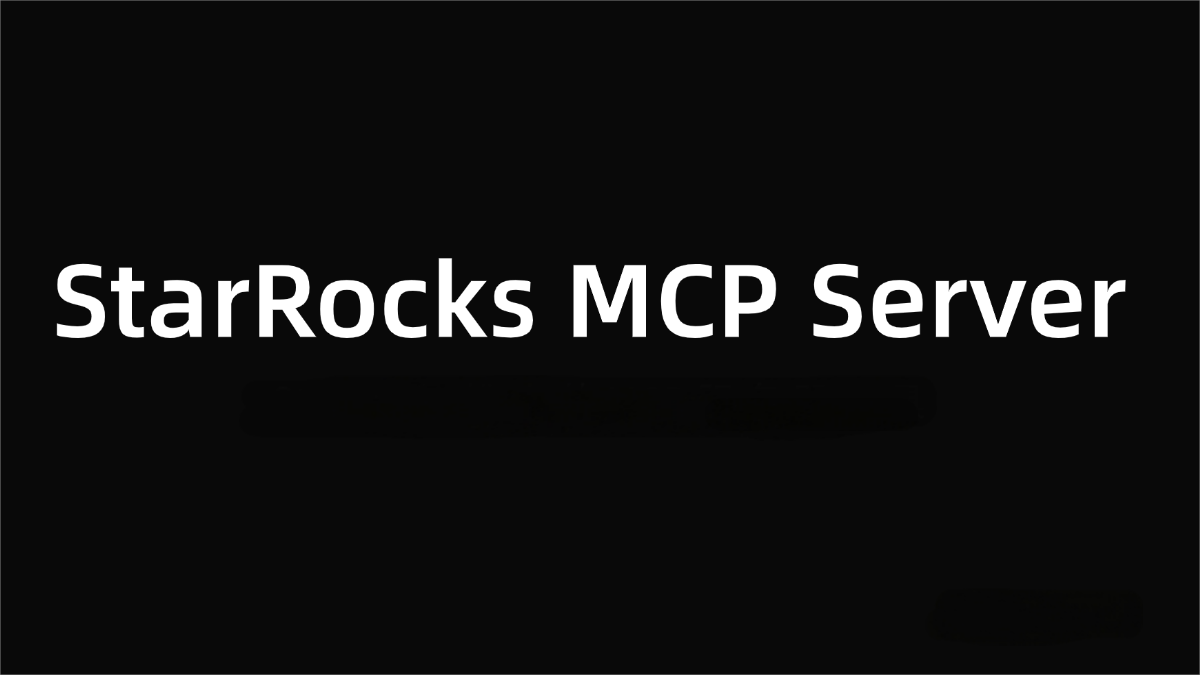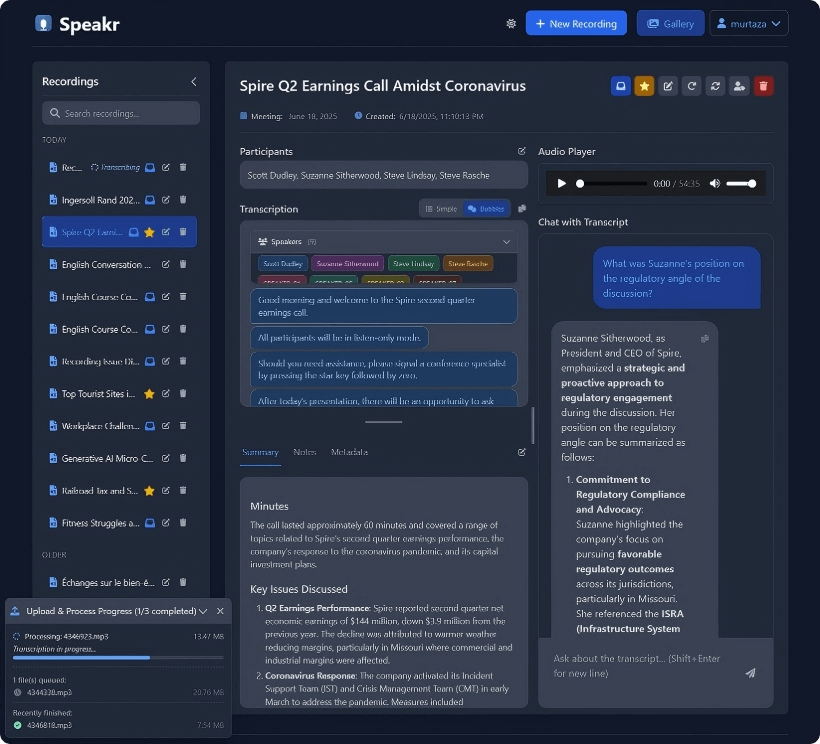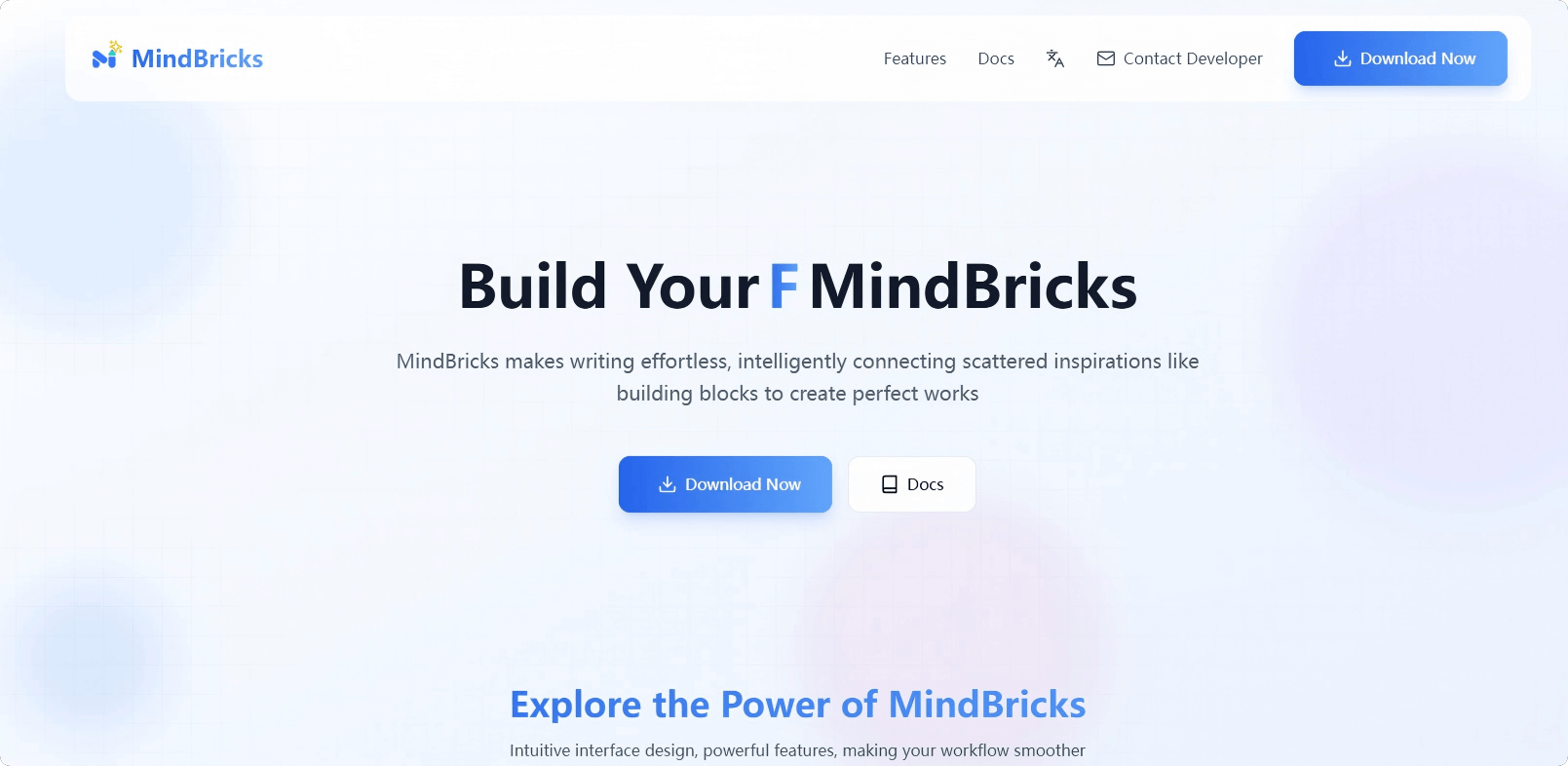StarRocks MCP Server – A server tool for MCP launched by StarRocks
What is StarRocks MCP Server?
StarRocks MCP Server is a tool developed by StarRocks that connects AI assistants with the StarRocks database, providing powerful data interaction capabilities for AI applications. It supports direct SQL execution (including SELECT queries and DDL/DML commands), allows listing databases and tables, retrieving table schemas, and accessing StarRocks’ internal metrics and status via proc:// paths. It can generate detailed overviews of tables or databases and supports data visualization by creating Plotly charts directly from query results.

Key Features of StarRocks MCP Server
-
Direct SQL Execution: Supports running
SELECTqueries (read_query) andDDL/DMLcommands (write_query), enabling AI assistants to interact with the database directly. -
Database Exploration: Lists databases and tables and retrieves table structures via
starrocks://resources, helping AI assistants quickly understand the database schema. -
System Information Access: Accesses StarRocks’ internal metrics and system status via
proc://resource paths, providing system-level insights to AI assistants. -
Detailed Overviews: Retrieves comprehensive overviews of a specific table (
table_overview) or the entire database (db_overview), including column definitions, row counts, and sample data. -
Data Visualization: Executes queries and generates Plotly charts from results via
query_and_plotly_chart, enhancing data readability and analytical insight. -
Intelligent Caching: Overviews of tables and databases are cached in memory to accelerate repeated requests, with options to bypass cache when needed.
-
Flexible Configuration: Connection details and behavior can be customized via environment variables, allowing users to configure according to specific needs.
Technical Architecture of StarRocks MCP Server
-
Architecture Design:
-
MCP Host: The language model-based application, such as Claude Desktop or an AI-integrated IDE, through which the user initiates queries or actions.
-
MCP Client: Manages the connection logic, establishes communication with the MCP Server, and handles coordination.
-
MCP Server: Exposes specific capabilities like file access or database operations and provides a set of tools, resources, or prompts through a standardized interface.
-
-
Data Interaction Mechanism:
-
Transport Layer: Supports two communication modes for different scenarios:
-
Stdio Transport: Suitable for local inter-process communication.
-
HTTP + SSE Transport: The server sends messages to the client via Server-Sent Events (SSE), and the client sends requests via HTTP POST, ideal for remote network communication.
-
-
Message Exchange: All communication uses the
JSON-RPC 2.0protocol, supporting multiple message types such asRequest, which expects a response. -
Stateful Bidirectional RPC Model: MCP functions as a stateful, bidirectional RPC system, combining event-driven and request-response mechanisms.
-
Project Repository
-
GitHub Repository: https://github.com/StarRocks/mcp-server-starrocks
Application Scenarios of StarRocks MCP Server
-
Multidimensional Analytical Reports: Leveraging StarRocks’ MPP framework and vectorized execution engine, it supports flexible multidimensional reports suitable for scenarios like user behavior analysis, profiling, tagging, segmentation, cross-topic business analysis, financial reporting, and system monitoring.
-
Seamless Integration Between AI Applications and Databases: Enables AI applications to access StarRocks databases directly without complex manual management. AI models can execute SQL queries, retrieve schema and statistics, and seamlessly integrate with databases.
-
Intelligent Data Exploration and Visualization: AI assistants can explore database structures, run queries, and generate visualization charts via StarRocks MCP Server, providing more intuitive and readable analytical results.
-
Real-time Data Warehouse Construction: Leveraging StarRocks’ Primary-Key model for real-time data updates and lightning-fast queries, it supports second-level synchronization with TP databases to build real-time data warehouses.
Related Posts




